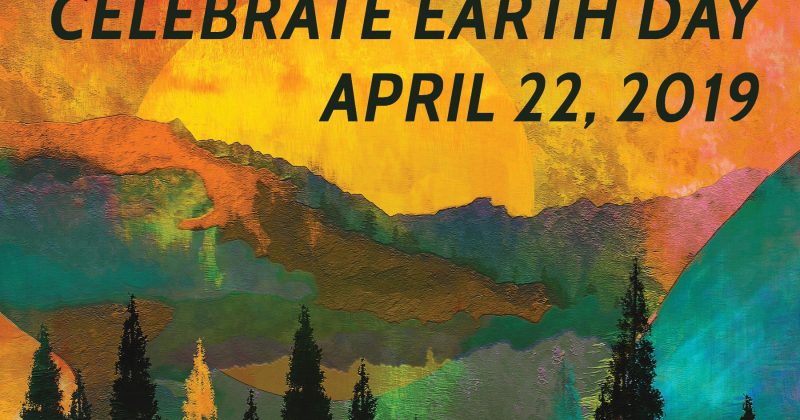Sarah Brady | April 9, 2019

Earth Day was created in 1970 as a way of highlighting environmental consciousness. Over 20 million Americans celebrated, and as years passed, Earth Day became both a beloved national holiday and a critical call for action.
A decade after Earth Day’s creation, Gaylord Nelson, a Wisconsin senator and the original creator of Earth Day, wrote, “So long as the human species inhabits the Earth, proper management of its resources will be the most fundamental issue we face. Our very survival will depend upon whether or not we are able to preserve, protect and defend our environment. We are not free to decide about whether or not our environment ‘matters.’ It does matter” (Nelson).
His words are even more true today. Though conservation and environmentalism are often politicized, the truth is that the environment matters to everyone. The theme for Earth Day 2019 is Protect Our Species. This April, consider using some of these resources and activities to highlight Earth Day in your classroom.
Easy ways to teach Earth Day
Scholastic has a roundup of teacher-submitted ways to celebrate Earth Day in the classroom. For example, students in early elementary school might discuss “their” space and who cleans it, and move on to discussing keeping public space clean (Kim Clutter), or have a trash pick-up on the playground or school grounds (Sharie Stelzel). Students in third through fifth grades might create a brochure about keeping a local park or green space clean (Stephanie Radford) or do an art project that includes making environmental pledges (L. Green).
Take a look at the 48 Days of Blue site that was backed by the National Aquarium. This cool site has easy ways to conserve electricity and water, monitor consumption and help the environment. Try having your students create a trash journal of all the trash they generated on the week before Earth Day – then challenge them to shorten the list of things they throw away on Earth Day.
The Earth Day Network has many resources to help integrate environmental themes into the classroom. Download the 2019 Protect Our Species toolkit for links to articles, videos, reports and more. There is also a 2019 Climate Education Week toolkit with educator resources and links to dozens of lessons for exploring biodiversity. Learn more about species at risk of being lost through the The Earth Day Network fact sheets and species profiles.
The National Education Association has a roundup of curriculum resources related to Earth Day that helps students “explore new and review familiar ways to live responsibly.” For example, students in high school ELA might use “Life, Death, Dirt and Walt Whitman” and Whitman’s poem “This Compost” to discuss compost, activism and poetry.(The Whitman link on this site is broken, but you can access the PDF here.)
Advanced lesson plans and resources to teach Earth Day
Consider using the Population Institute’s OVERBook to teach about climate change, consumption, human rights, nature’s rights, pollution and water. The 2018 World View Fellows used the OVERBook to create study guides and lesson plans (divided by topic and grade level).
• K-5 teachers might want to check out “Talkin’ Trash: Perception, Pollution and Action-Taking!” by Lee Ann Smith.
• Middle-grade teachers might enjoy “Science Fiction or Real Life? Exploring Human Rights through Dystopian Literature” by Jacey MacDonald.
• High school teachers, take a look at “Global Climate Change: Exploring the Impacts of Overpopulation” by Heather Oswald.
• Community college faculty, try “Evaluating the World’s Disproportionate Consumption of Water through Research and Self Examination” by Meghan Davis.
We Are Teachers has a “12 Meaningful Earth Day Activities for Every Grade” that contains more involved ways to teach Earth Day. For example, students in grades 6-12 can take on “The Energy Lab,” an interactive challenged created by NOVA in which they must engineer a renewable energy system for a specific US city. Or, for middle school science teachers, consider exploring “Engineering for Good,” a three-week PBL unit where students engineer solutions for decreasing the impact of plastic bottles.
Thank you to World View student assistant Tendo Nakasenge, who helped source some of the resources for this article!
Nelson, Gaylord. “Earth Day ’70: What It Meant.” EPA Journal, April 1980. https://archive.epa.gov/epa/aboutepa/earth-day-70-what-it-meant.html
